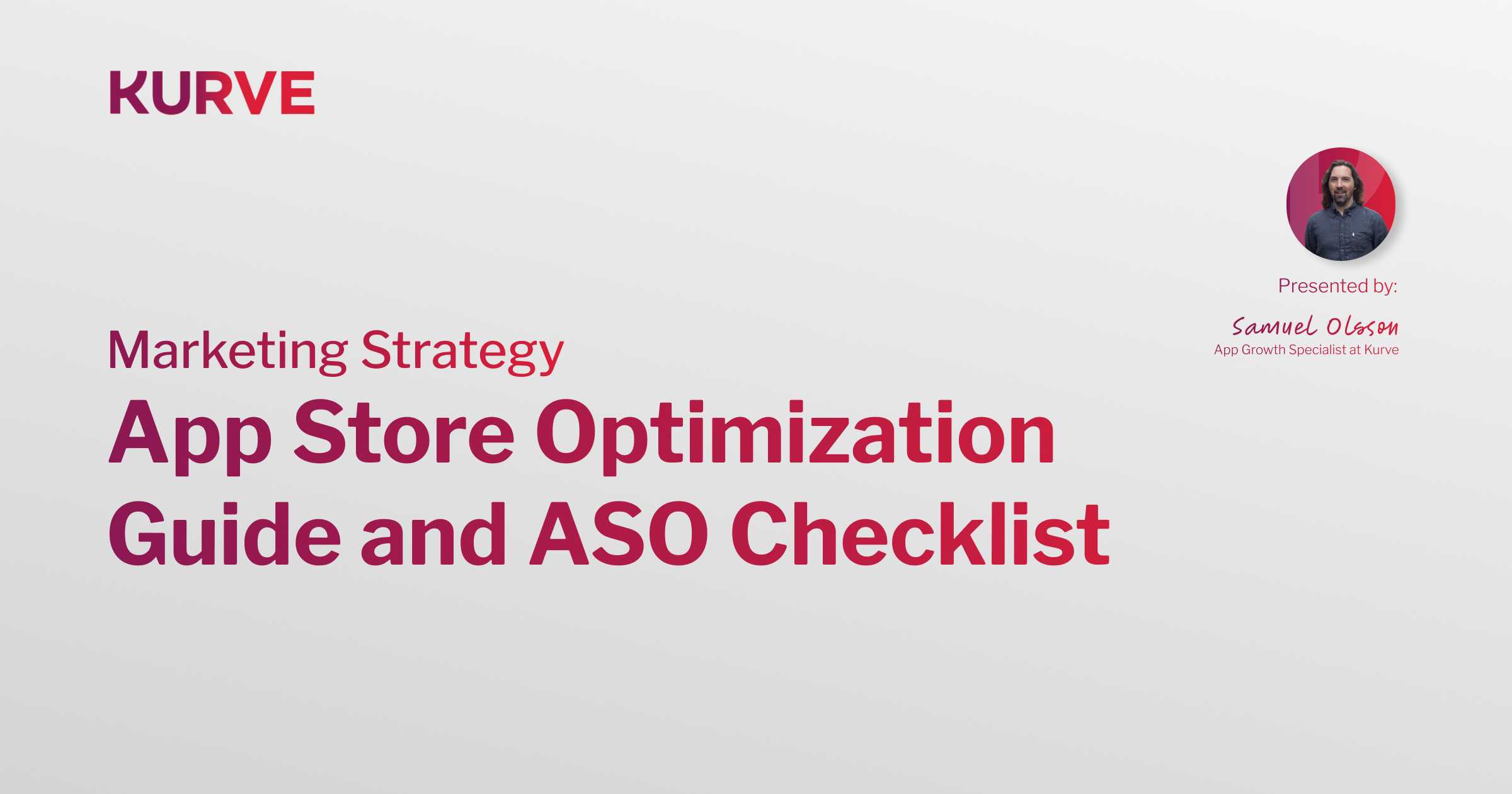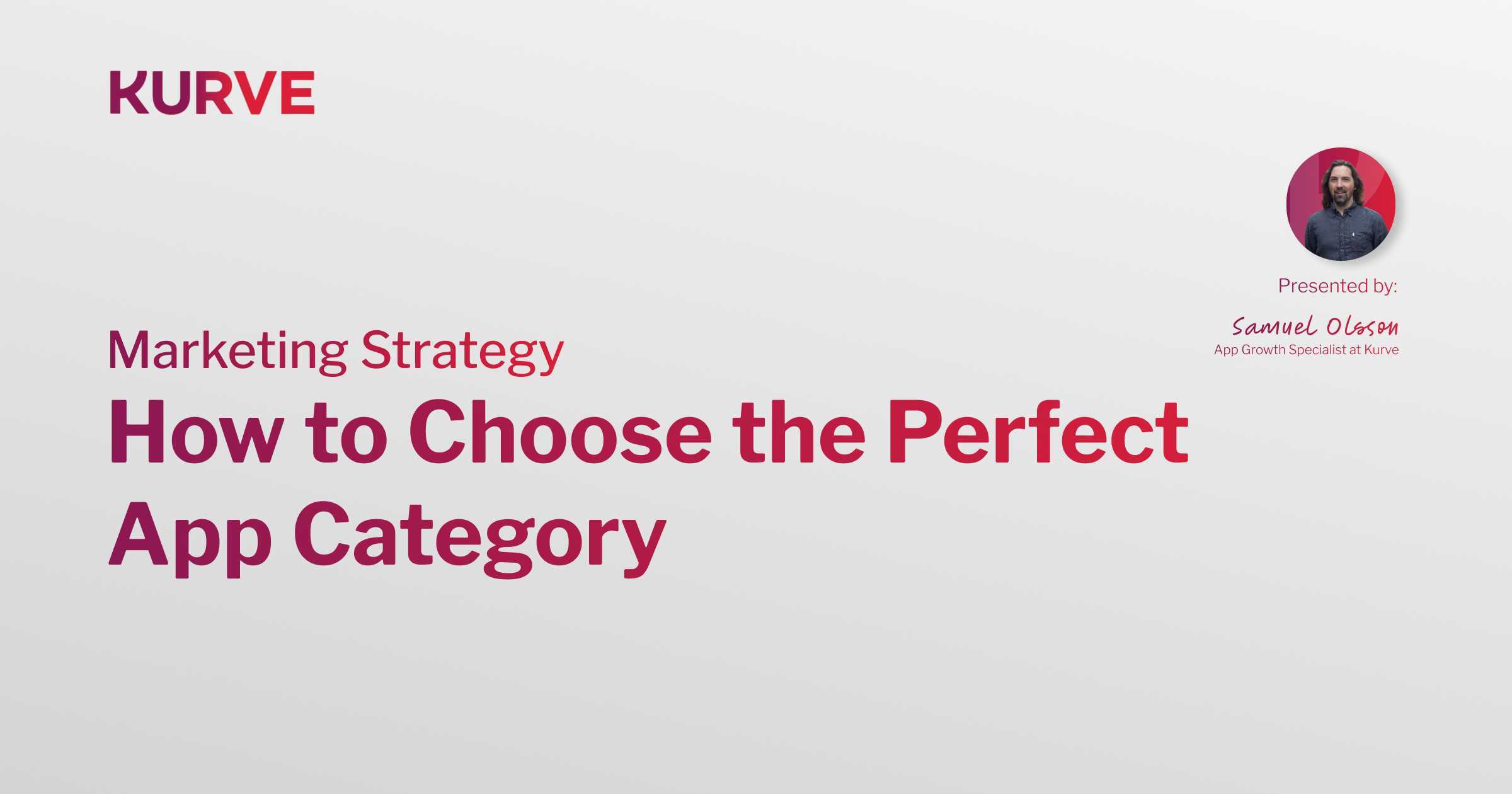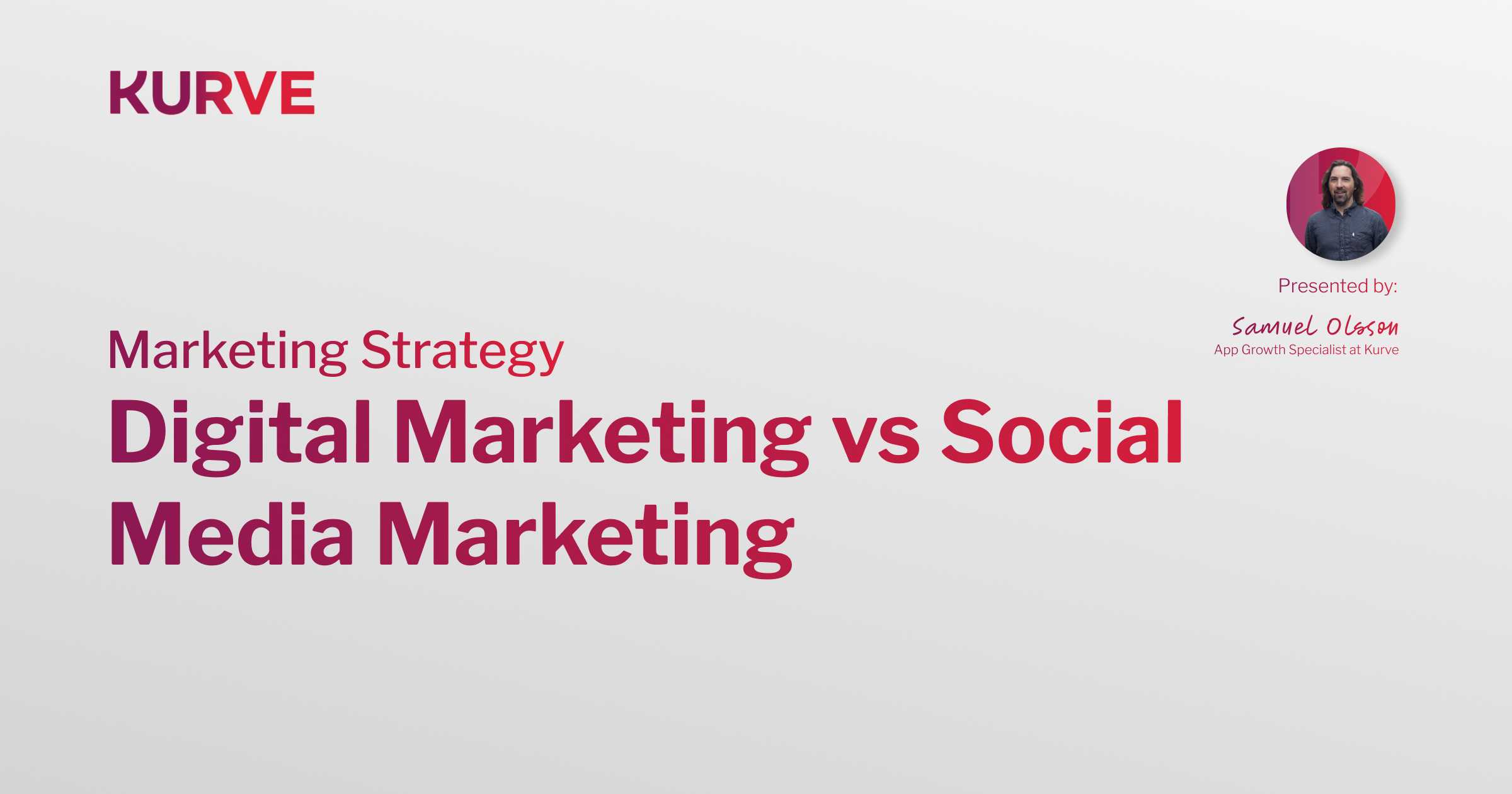Mobile Advertising Analytics: The Guide to Data-Driven Marketing Success
Have you ever launched a new mobile ad campaign only to see it underperform? Or have you spent hours staring at the web analytics and marketing results with no idea how they stack up?
The answer lies in Mobile Advertising Analytics.
Deciphering this complex data is only one part of utilizing Mobile Advertising Analytics. It's about gaining insights into your users' behavior, adjusting your strategies based on honest feedback, and ensuring your campaigns are successful.
At Kurve, we specialize in mobile app advertising. We've created this guide to help you understand the basics and maximize your marketing data. Our Mobile App Marketing Services are available to enhance your mobile marketing even further.
| Table Of Contents: |
What is Mobile Advertising Analytics?
Mobile Advertising Analytics is about understanding how well your mobile ads are doing. It involves collecting data from your ads and making sense of it to see if they're effective. When you look at this data, you can see how people interact with your ads and if they drive them to your app.
For any mobile app, this information is super important. It helps you know if your ads are connecting with the right people. If an ad isn't working well, you can change it. If another ad is getting lots of attention, you can learn why. These mobile ad analytics help your app stand out in a crowded market by ensuring your ads speak to your audience.
Why Is It Important?
Consider a situation: you invest £10,000 in a mobile ad campaign, expecting a surge in app downloads everywhere. But, instead of thousands, you only get a handful. Frustrating, right? Without the right tools, knowing where things went awry is challenging.
It's not about counting clicks or downloads. It's understanding where your marketing pounds are having an impact. Did that flashy ad lead to 500 downloads or five? Are people viewing your ads, or are they taking action?
By tapping into mobile advertising analytics, you get clear insights—no more guesswork. You'll know which ad strategies boost visibility and drive downloads. In today's competitive mobile market, making informed decisions is crucial. Otherwise, you risk wasting both time and money.
Key Mobile Ad Metrics
Mobile advertising is clear-cut. It's not about taking shots in the dark; it's about making informed decisions based on solid data. There are a lot of numbers out there, but only a few are significant. These metrics can reveal how your mobile marketing campaigns are doing.
The successful collaboration between Sweatcoin and Kurve is a great example of utilizing metrics. We used these metrics to drive their mobile ad campaign, showcasing how transformative these figures can be.
In the following sections, we'll break down three essential metrics. By getting to grips with these, you can better evaluate your ads and see where changes might help.
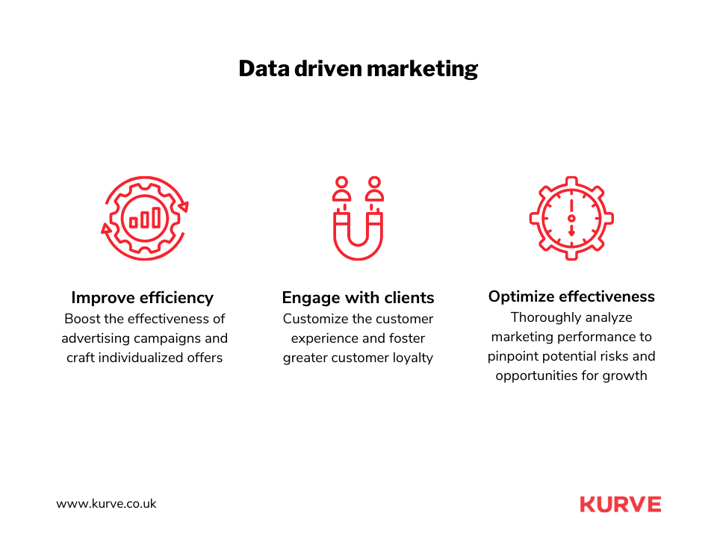
Impressions
Impressions act as a primary yet crucial metric. When your ad appears on a user's device, it's counted as one impression. In many ways, it's akin to someone glancing at a billboard as they pass by.
The frequency with which your ad appears offers insights into its reach. Are you casting a wide net, or is your audience more niche? A higher number of impressions signals increased visibility, laying the groundwork for potential user interaction.
But there's a caveat. Impressions might seem promising, but they lose value if they don't lead to engagement. It's like shouting in a crowded room; people might hear you, but are they listening? For a mobile application, the aim is not to be seen. It's to be noticed and remembered.
Click-through rates
CTR measures the number of clicks your ad receives from the total impressions. It bridges visibility and action, providing a percentage that signifies engagement.
Say your ad garners a thousand impressions, and a hundred users click on it. That's a CTR of 10%. The higher the rate, the better your ad resonates with your audience. It speaks to your ad's content, design, and placement effectiveness.
But the journey doesn't stop at a click. In mobile apps, engagement should lead to a tangible outcome, whether a download, a sign-up, or another conversion goal. And that's where our next metric comes into play.
Conversion rates
It's every marketer's dream to drive successful conversions. It's the moment when a user doesn't only engage with your ad but takes a specific, desired action. This could be downloading your mobile app, making an in-app purchase, or subscribing to a feature.
The conversion rate is that dream quantified. By determining the percentage of users who convert after interacting with your ad, you get a clear picture of your ad's endgame effectiveness.
For instance, if out of the hundred users who clicked your ad, fifty downloaded your app, you boast a stellar 50% conversion rate. Such metrics reflect your app analytics past performance and guide future strategies. A mobile app's growth isn't only about visibility or engagement; it's about securing tangible results.
How to Analyze the Metrics
In mobile advertising, numbers aren't static figures on a screen. They tell a story.
Marketers employ various techniques to understand user behavior and unearth the most compelling narrative from these metrics. These methods offer more than mere insights. They're the tools to fine-tune your campaigns, ensuring every ad reaches its audience and resonates.
Let's explore some of the most potent methods to boost your mobile application marketing campaigns.
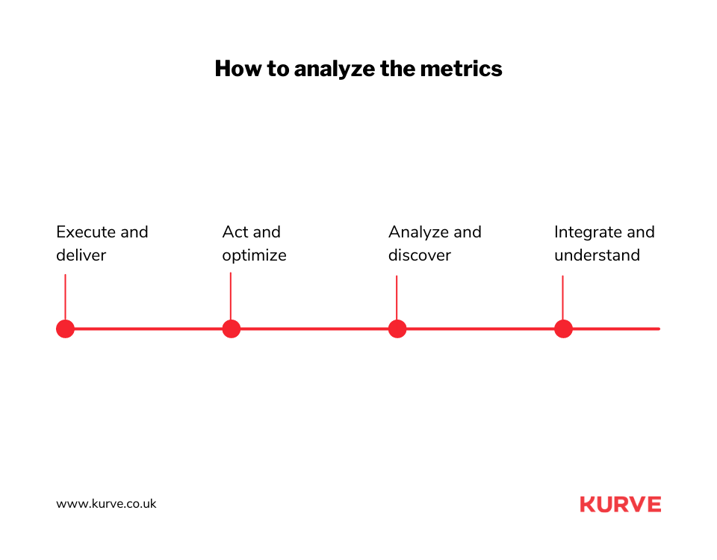
A/B Testing
Every detail in an ad, from its color palette to its call to action, can influence its success. A/B testing, or split testing, is a marketer's tool to distill this into a science. Think of it as a controlled experiment where two or more versions of an ad are presented to similar audience groups to determine which one resonates more.
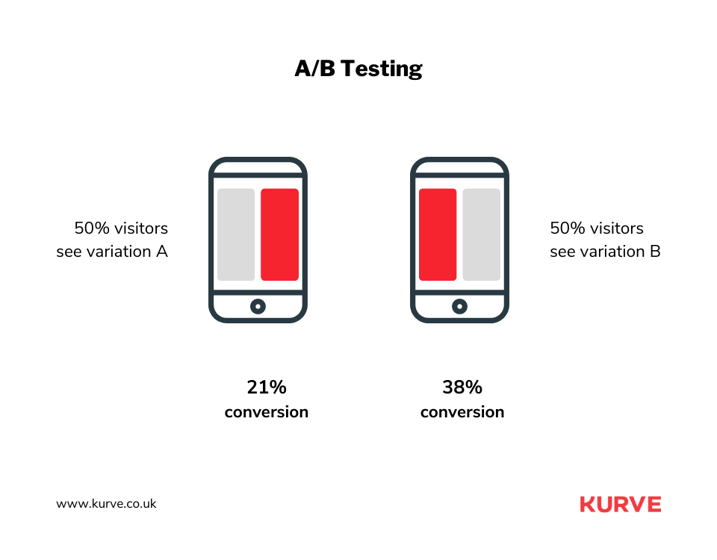
Beyond headlines, consider testing visual elements, placement times, or even CTAs. The versatility of A/B testing is its strength. And with today's sophisticated advertising platforms, this is a smooth process. Real-time results can guide immediate tweaks, ensuring continuous optimization.
A concrete decision-making process backed by A/B testing data amplifies campaign success rates and ensures that time and money resources are employed most effectively.
Segmentation
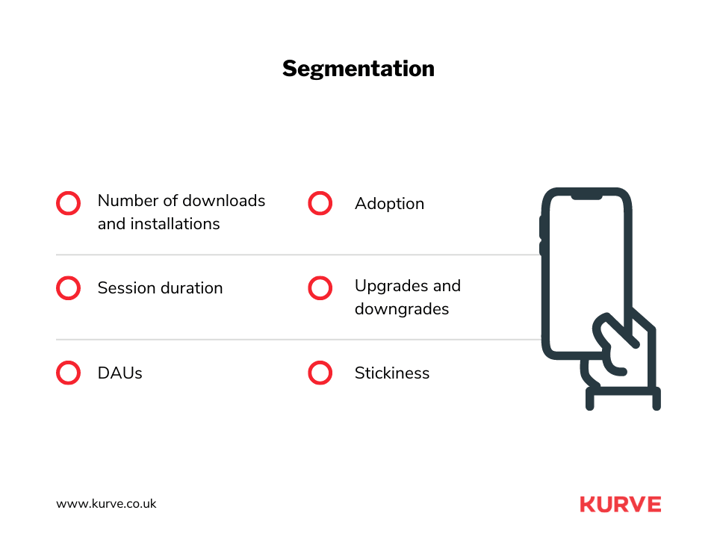
The mobile user landscape collects different behaviors, preferences, and backgrounds. Recognizing this diversity is the first step.
Segmentation takes it further by helping marketers navigate this varied landscape. By segmenting users based on demographics, behaviors, and even psychographics, you can tailor ads to resonate with specific segments.
For instance, users from different geographical locations might respond differently to cultural nuances in ads. Or, younger age groups might have different app usage patterns than older demographics.
By leveraging segmentation, you're deploying multiple, well-aimed strategies, each designed to hit a specific target, ensuring the highest chance of engagement.
Personalization
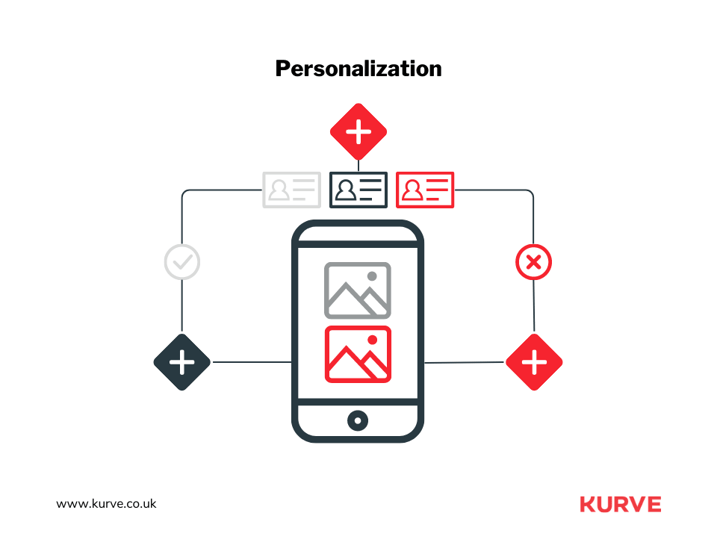
Take segmentation one step further, and you arrive at personalization. It's more than using a user's first name; it's about curating experiences based on their journey with your app. Imagine an ad that speaks directly to you, referring to a product you've recently viewed or offering a discount on an item in your wishlist.
For a user who abandoned their shopping cart, an ad offering a special discount on those items can reignite interest. For someone who frequently uses a fitness feature in your app, showcasing an advanced feature could spur further user engagement.
This tailored approach ensures that every ad feels like speaking to the user, amplifying the chances of meaningful interactions and eventual conversions.
Predictive Analytics
While acting on current data is essential, predictive analytics offers the magic of forecasting the future. What if you could gauge the success of an ad campaign before it's rolled out? Or pinpoint which features will be most coveted in the coming months?
Predictive analytics generates probable future scenarios by analyzing vast historical and current user behavior datasets, market trends, and machine learning algorithms. This foresight is invaluable. It preempts potential challenges and highlights promising opportunities, ensuring that every step taken is rooted in data-driven confidence.
With predictive analytics, you're not reacting to the market but setting the pace.
Final Tips
Mobile app marketing analytics can be a game changer. It's a guide to understanding what your users want. With the right insights, you can design campaigns that stand out and resonate with your audience.
But understanding this data is complicated. That's where Kurve steps in. We've helped numerous brands turn their data into actionable strategies, leading to better visibility, more engagement, and higher revenue. Don't just take our word for it; check out our success stories.
With the expertise of Kurve, make your app not just another icon on a screen but a go-to choice for users.
